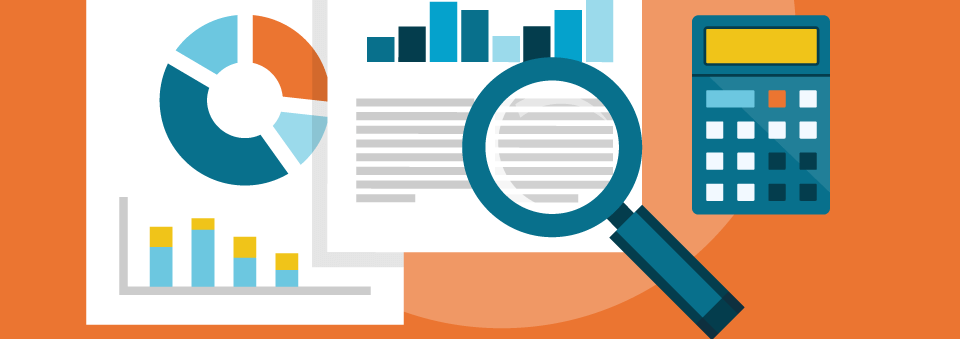Suitable charts for different data types
Posted on 2020-12-04
Different Types of Unsupervised Machine Learning Algorithms
Posted on 2020-12-11
An unsupervised machine learning model handles unlabeled dataset that the algorithm tries to make sense by extracting features and patterns on its own. In other words, its main purpose is exploration. It tries to explore the structure of the data and organize similar data points into groups or clusters. In order to make that happen, unsupervised learning applies one major technique: clustering.
What is clustering?
Clustering involves assigning data points to clusters such that the data points that belong to a cluster are similar. At the same time, clusters generated are dissimilar or different from other clusters. There are several ways to generate clusters, which have been organized into a few distinct categories: Partitional, Hierarchical, and Bayesian.
"Garbage In, Garbage Out": Importance of Data Quality in Analytics and Its Implications
Posted on 2020-10-30

Data Analytics is the process of analyzing raw data in order to generate statistics, identify patterns, and provide meaningful insights out of it. With the help of technology, it is easier to perform such analysis, especially for big data, and make visualizations for the viewers to see what the data are trying to convey. But how sure are they that those data are in good quality? Why is it important to check for the quality of the data?
Ensuring good data quality might be hard but one should take the importance of data quality into account whenever they are going to analyze data. Accessibility, accuracy, completeness, consistency, relevance, and reliability are some factors that could be considered before, during, and after performing the data analysis.
Posted on
2020-10-27
Time series analysis is a set of techniques and methods in analyzing data points ordered by time. A sequenced observations or data points ordered or indexed by time is called time series data. Some examples of a time series data are monthly sales, quarterly GDP of the Philippines, hourly stock prices of PSEi indices, daily Peso-Dollar exchange rate and annual rainfall in Manila. Posted on
2020-09-01
In the current business environment, no business decision can be made and executed if it is not supported by data. Almost all company decisions are backed by hard numbers. In the past, recommendations from industry experts is often enough to make strategic decisions, but nowadays, any recommendations, even from veteran industry experts cannot hold ground if it’s not supported by cold numbers. Data – this is what defines the present business arena. And those who knows how to use it will have the strategic advantage in dominating the market and edging out their competitors. Data Analytics offers promising by
Darrell Beltran and Arvin Fernandez
Posted on
2020-09-01
Business Intelligence (BI) is a set of methods, processes, architectures, applications and technologies that gather and transform raw data into meaningful and useful information used to enable more effective insights generation and decision-making to drive business performance.
Read More
Time Series Analysis

Analytics as Part of Business Strategy
Data Visualization in Business Intelligence
Data visualization has been rising rapidly for the past few years in the Business Intelligence and Analytics industry. It is also a big part of data science which has gained wide popularity recently.
Recent Blogs
